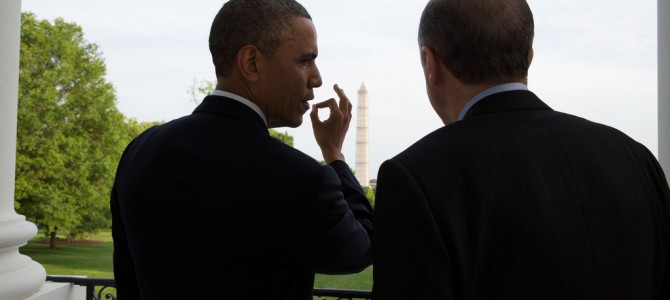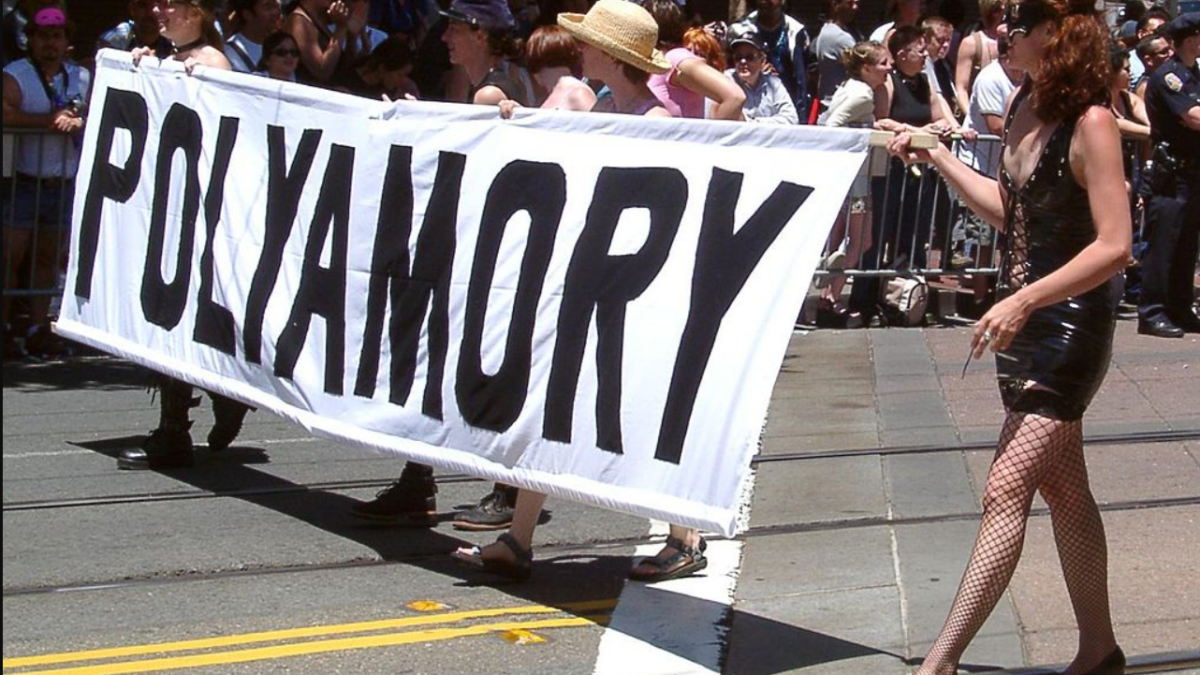
I was on a radio program yesterday where the host compared President Obama’s speech on the ObamaCare exchanges to an infomercial hosted by the late Billy Mays.
There are of course some big differences. Unlike healthcare.gov, OxiClean actually works. Most important, Mays didn’t stuff his pitches with statements that were outright falsehoods. By my count there were at least eight such statements in Obama’s speech.
Falsehood #1: “I’m joined today by folks who’ve either benefited from the Affordable Care Act already, or who are helping their fellow citizens learn about what this law means for them and how they can get covered.”
According to Byron York, some of the people who were behind President Obama hadn’t actually benefitted from ObamaCare. For example, the White House description of Nathaniel Hojnacki stated that he was “planning to enroll after he had explored his coverage options on the DC exchange.” York counted at least three other people there who had not yet “benefited” from ObamaCare.
Falsehood #2: “Despite all [of the problems with the website], thousands of people are signing up and saving money as we speak.”
Does the President have a live feed that shows him real-time updates on how many people are saving money on healthcare.gov? And if so, why doesn’t he share it with the rest of us?
Getting information out the Administration about enrollment in healthcare.gov has been like pulling teeth—from an alligator. Thus far all we know is that 500,000 people have at least started applications for insurance via the federal and state exchanges. We don’t know how many have completed the application process.
And completing an application doesn’t mean you will qualify for insurance. The data insurers have received from the exchanges are often riddled with errors, making it impossible to determine if the applicants qualify for insurance, let alone save money.
Enroll Maven, a website that tracks enrollment in the ObamaCare exchanges based on news reports, can confirm only 167 people have actually enrolled in an insurance plan on the healthcare.gov. Chances are slim and none that Obama has any idea how many people have enrolled and have saved money, and slim is headed for a death spiral.
Falsehood #3: “For the vast majority of Americans—for 85 percent of Americans who already have health insurance through your employer or Medicare or Medicaid, you don’t need to sign up for coverage through a website at all—you’ve already got coverage.”
That 85 percent includes a lot of people who are losing their coverage. What the president left out is that about ten percent of that group—roughly 30 million Americans—has insurance on the individual market. Millions of them are having their policies cancelled because those policies don’t meet ObamaCare standards. Thirteen thousand people in the individual market in Pennsylvania have received a letter cancelling their insurance as have 800,000 in New Jersey, 300,000 in Florida and 160,000 in California. Thousands have also received such letters in Alabama, North Carolina and other states, but exact numbers aren’t available. In short, these are people who will have to buy insurance, many of them no doubt on the ObamaCare exchanges’ websites.
Falsehood #4: “[The exchanges are a] state-wide group plan that spreads risk between sick people and healthy people, between young and old, and then bargains on your behalf for the best deal on health care. What we’ve done is essentially created competition where there wasn’t competition before.”
That’s funny, because if you go to finder.healthcare.gov, you can find all sorts of different companies offering different policies in the individual markets of most states. You can find the same thing at places like ehealthinsurance.com. When multiple companies offer different products in a market, there’s a word for that. It’s “competition.”
Indeed, as I’ve explored the offerings on various state exchanges, the pattern that has emerged is one of less choice. For example, on the Connecticut exchange, Access Health CT, I found 16 plans for someone my age (43). But on ehealthinsurance.com there are 53 plans for someone my age in Connecticut. For a 29-year-old male on the Washington, D.C.’s DC Health Link, there are 31 plans available. On finder.healthcare.gov there are 59 plans in the D.C. area. If anything, ObamaCare exchanges are reducing competition.
Falsehood #5: “We know that nearly one-third of the people applying in Connecticut and Maryland, for example, are under 35 years old.”
Regarding Maryland, that is incorrect. According to the Baltimore Sun, “those under 35 [make] up a third of those exploring [Maryland Health Connection’s] website.” “Exploring” means they have “created profiles on the marketplace’s website…Officials did not say how those demographics compare to those of people who have applied for or enrolled in coverage.”
For Connecticut, what Obama said was true, but it leaves out a rather crucial bit of information. There were only 1,157 applicants.
Falsehood #6: “And all told, more than half a million consumers across the country have successfully submitted applications through federal and state marketplaces.”
According to a Bloomberg article, “Almost 500,000 Americans have submitted applications for health insurance” through the exchanges. Almost means “less than”, not “more than.” Nor have they all successfully submitted applications. More “than 300,000 people have been able to either start or complete an application for insurance on the 14 independent, state-run exchanges.” [Italics added].
Falsehood #7: “The point is the essence of the law, the health insurance that’s available to people, is working just fine. In some cases, actually, it’s exceeding expectations. The prices are lower than we expected.”
This is one of the most misleading talking points that Obama and his Administration seem to repeat endlessly. When someone says prices are lower than expected, one needs to ask “As compared to what?” The Administration is comparing the prices of exchange policies to the prices generated by a model from the Congressional Budget Office. That is, Obama is NOT comparing exchange prices to prices of insurance policies currently on the market. Studies that have made such a comparison, like a recent one by the Heritage Foundation, find that the exchanges result in substantial increases in premiums in most states.
Falsehood #8: “So don’t let problems with the website deter you from signing up or signing your family up, or showing your friends how to sign up, because it is worth it. It will save you money.”
Let’s test that theory, shall we? Say you are a 30-year-old living in Los Angeles (zip code 90001) earning $40,000 annually and you have purchased the best-selling policy on ehealthinsurance.com which has a monthly premium of $105. That policy will no longer be offered in 2014, so you check out your options on Covered California. There the cheapest policy is from L.A. Care and costs $174 a month. At $40,000 you won’t be eligible for any subsidy (subsidies stop at about $31,670 in that area), so you’ll be paying the full premium. In short, you’ll be paying 66 percent more for your insurance. Maybe Obama was referring to a different person. He wasn’t referring to you.
So if you are unhappy that you are losing your insurance and dissatisfied with your choices on the exchange, your recourse is pretty well non-existent. You could go without insurance, but even then you’ll still have to pony up some money to pay the individual mandate fine. And that’s one more important difference between Obama and Bill Mays. Mays’ offers often came with a money-back guarantee.









